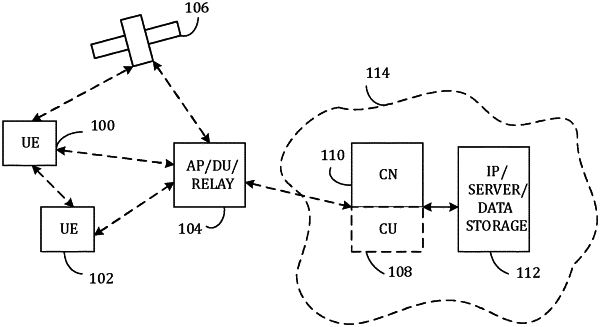| CPC H04L 41/064 (2013.01) [H04L 41/065 (2013.01); H04L 41/0654 (2013.01); H04L 41/12 (2013.01); H04L 41/145 (2013.01); H04L 41/5009 (2013.01); H04W 24/04 (2013.01); H04W 24/08 (2013.01); H04W 24/10 (2013.01)] | 18 Claims |

|
1. A local diagnosis system comprising: at least one processor; and at least one memory including computer program code,
the at least one memory and the computer program code configured, with the at least one processor, to cause the local diagnosis system at least to perform:
detecting one or more anomaly events associated with a communications network, wherein each anomaly event defines an anomaly pattern, each anomaly pattern describing a data point in a performance indicator space defined by a plurality of performance indicators of the communications network and being based on a time-wise aggregation of values of the plurality of performance indicators during an anomaly event,
updating one or more local cluster models to incorporate the one or more anomaly patterns within complexity constraints of the one or more local cluster models, wherein each of the one or more local cluster models corresponds to a different cluster and to a different diagnosis label defining a diagnosis, a cluster being a data structure comprising a plurality of data points in the performance indicator space, wherein the complexity constraints of the one or more local cluster models are evaluated based on a number of the one or more local cluster models and/or the complexity of each of the one or more local cluster models while attempting to incorporate the one or more outlier anomaly patterns excluded from the one or more central cluster models to the one or more local cluster models, and
in response to failing according to one or more pre-defined criteria to incorporate, in the updating, the one or more anomaly patterns to the one or more local cluster models within the complexity constraints based on received information, all of the one or more anomaly patterns to the one or more local cluster models within the complexity constraints, forwarding at least the one or more local cluster models and one or more diagnosis labels associated with the one or more local cluster models to a central diagnosis system for further diagnosis.
|